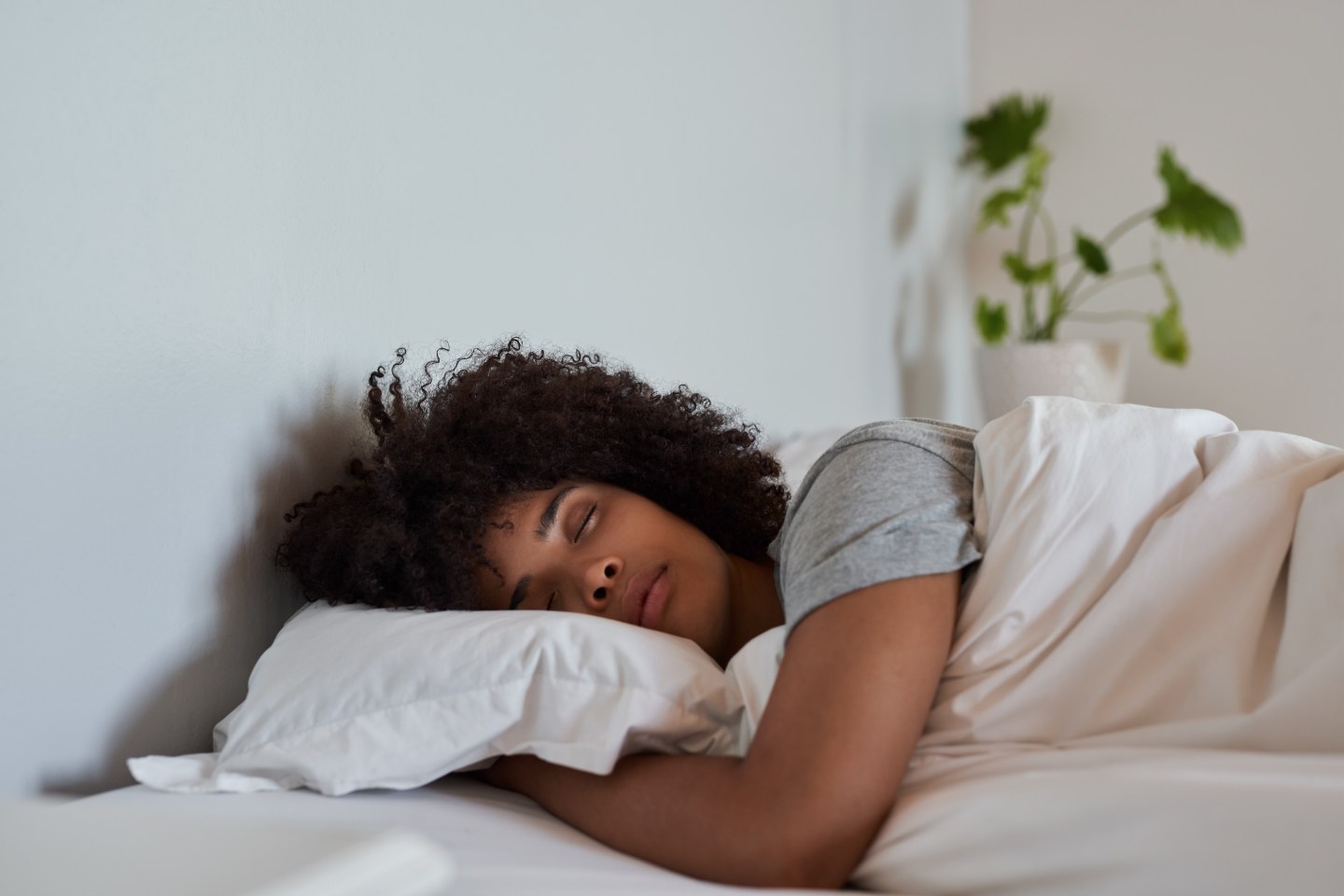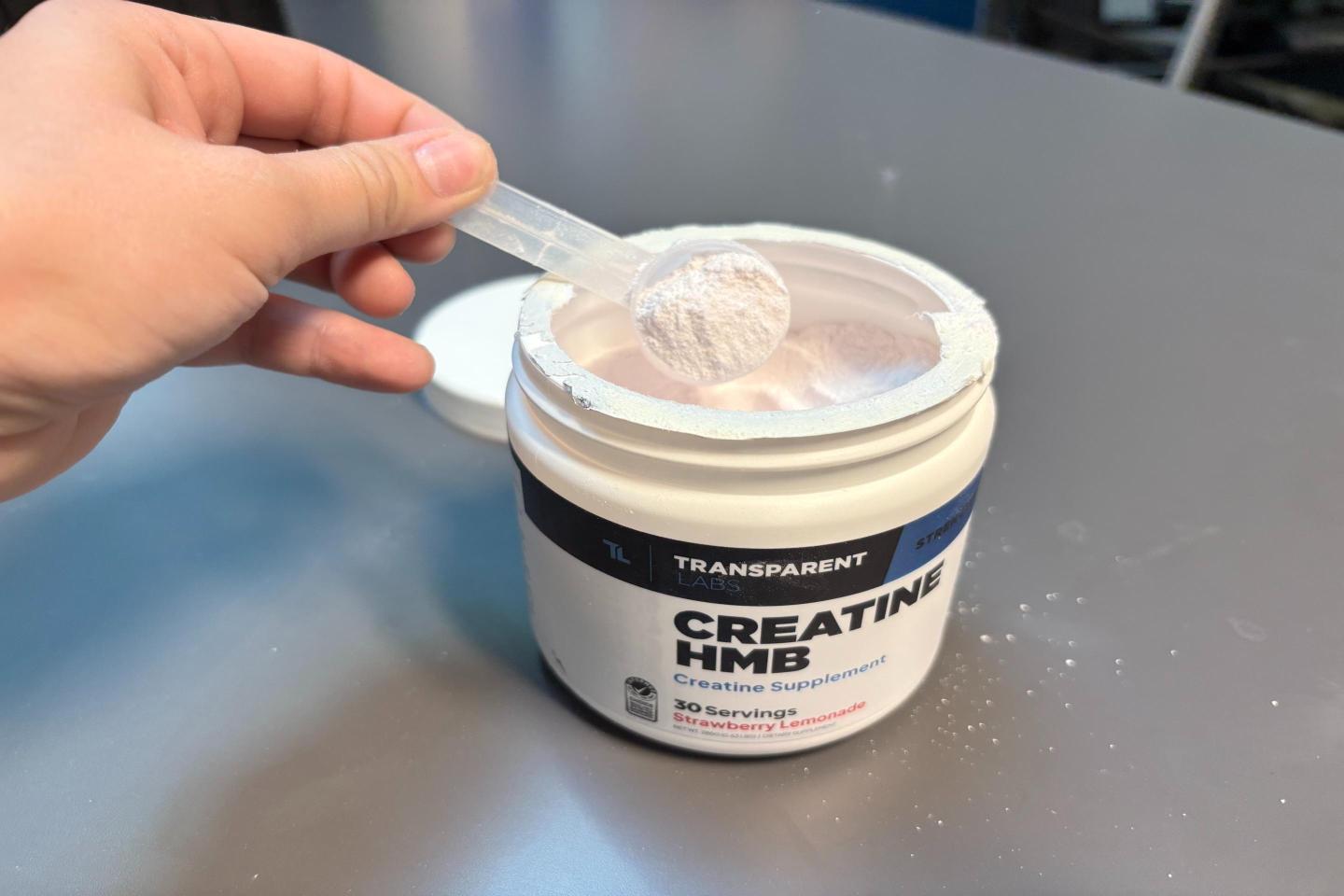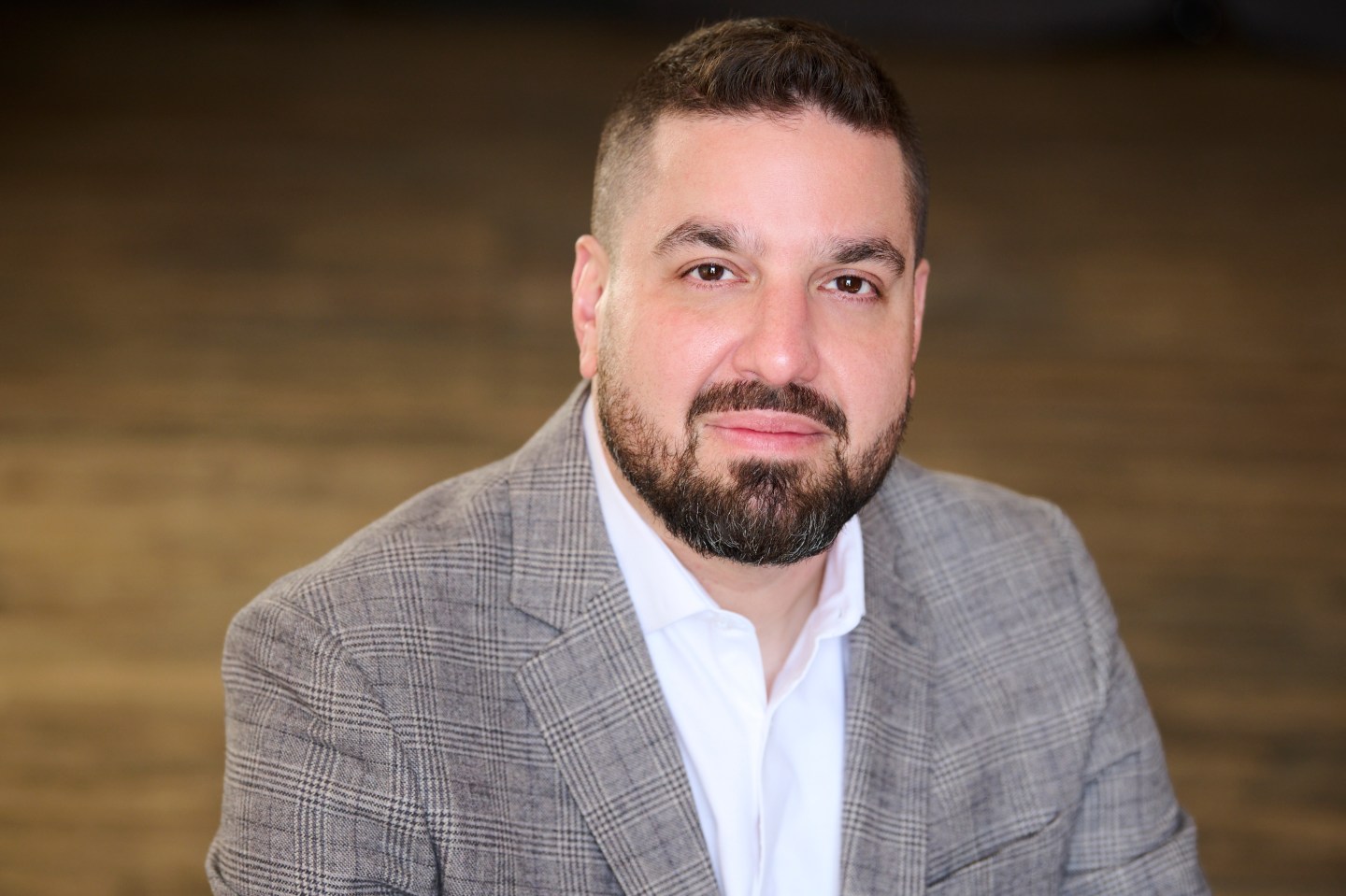Most adults do not need a hard eight hours of sleep; a growing body of evidence and evolutionary research suggest the optimal nightly sleep for many healthy adults is closer to seven hours, with health risks rising on either side of that range in a U‑shaped pattern.
Harvard evolutionary biologist Daniel E. Lieberman calls the rigid “8 hours” rule Industrial Era “nonsense,” noting that people without modern electricity typically sleep six to seven hours without napping, and large cohorts show the lowest mortality risk around seven hours, not eight. Lieberman expanded on the research for his book, Exercised: The Science of Physical Activity, Rest and Health, in a 2023 interview with The Diary of a CEO.
What Lieberman argues
- Lieberman says the idea “natural” humans sleep eight hours is unfounded; field data from communities without electric light show typical nightly sleep of about six to seven hours, contradicting the cultural prescription of eight hours as a target.
- He frames modern eight‑hour dogma as a legacy of the Industrial Revolution rather than a biological necessity, and points to epidemiologic curves where risk bottoms out around seven hours, producing a U‑shape with higher risk from both short and long sleep.
- Popular summaries of his stance emphasize seven hours often outperforms eight for health outcomes, while stressing variability by age and condition, and that sleep need is not one-size-fits-all.
How much sleep do you really need?
- In a Fortune explainer, sleep scientist Rebecca Robbins addresses the eight-hour belief, explaining how the benchmark emerged and offering practical tactics to improve sleep quality rather than fixating on a single number.
- More than one-third of Americans miss the seven-hour minimum, underscoring the importance of consistency and sleep hygiene as much as chasing a magic number.
- The American Academy of Sleep Medicine and Sleep Research Society recommend “seven or more hours per night” for adults—explicitly a range beginning at seven rather than an eight-hour mandate.
- Mayo Clinic guidance aligns: Adults generally need seven or more hours, with individual variation based on age, sleep quality, prior sleep debt, pregnancy, and aging patterns that fragment sleep but do not increase total need.
The U‑shaped risk curve
- Multiple large contemporary datasets show a U‑shaped association between sleep duration and adverse outcomes, with the nadir around seven hours for all‑cause and cardiovascular mortality risk.
- U.K. Biobank analyses also report U‑shaped relationships, with elevated risks for both short sleep (less than seven hours) and long sleep (often defined as more than nine hours for adults), after adjusting for health and lifestyle factors.
- Mechanistic and biomarker work echoes the U‑shape, with deviations below seven or above eight to nine hours linked to markers of biological aging, though causality can be confounded by illness extending time in bed.
Practical guidance for sleep
- Aim for seven to nine hours, using seven as a realistic minimum if you wake refreshed and function well; extend toward nine during illness, heavy training, or pregnancy as needed.
- Watch for the U‑shape: chronic short sleep (less than seven hours) and habitual long sleep (more than 9 hours) are both linked to higher risks; if you routinely need more than nine hours, consult a clinician to evaluate for underlying conditions like depression, sleep apnea, or chronic disease.
- Prioritize consistency and quality—regular bed/wake times, morning light, reduced evening blue light, cool dark bedrooms, and limiting caffeine/alcohol—rather than obsessing over an eight‑hour target.
The ‘sweet spot’ for sleep
- The eight‑hour rule is a cultural simplification, not a universal biological requirement; seven hours often sits at the health “sweet spot” for many adults, with flexibility around that based on life stage and health.
- Business leaders and individuals should reframe sleep goals toward the evidence-based range and measurable daytime function, investing in sleep quality practices that improve performance and long‑term health without enforcing a rigid eight‑hour quota.
For this story, Fortune used generative AI to help with an initial draft. An editor verified the accuracy of the information before publishing.












